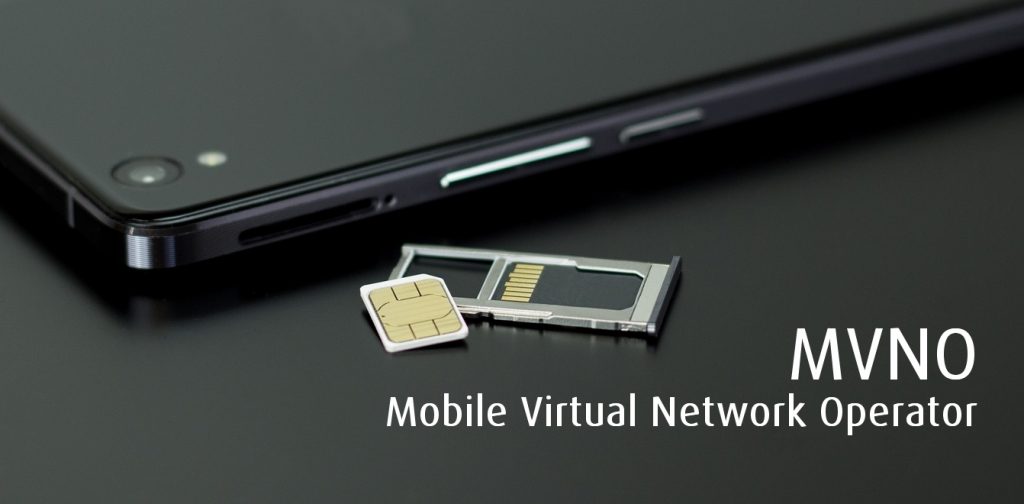Advanced Features and Integration of VoIP
Voice over Internet Protocol (VoIP) services not only provide businesses with cost savings and scalability but also offer a wide range of advanced features and integration capabilities. Let’s explore the advanced features and integration possibilities of VoIP

Auto-Attendants and Interactive Voice Response (IVR)
VoIP systems often include auto-attendants and IVR functionality. Auto-attendants greet callers with customized messages and provide options to direct calls to the appropriate departments or extensions. IVR systems allow callers to interact with menus and make selections using their phone keypad, enabling self-service options for tasks like bill payment, appointment scheduling, and order tracking. These features improve call routing efficiency and enhance the overall customer experience.
Call Routing and Forwarding
VoIP allows businesses to easily configure call routing rules based on predefined criteria. Calls can be forwarded to specific extensions, departments, or mobile devices, ensuring that important calls are promptly answered. Advanced call routing features, such as simultaneous ringing or round-robin distribution, can be set up to distribute calls evenly among team members. Additionally, calls can be forwarded to voicemail or external numbers if necessary, enabling greater flexibility and accessibility for employees.
Unified Communications (UC) Integration
VoIP systems can integrate with unified communications platforms, which combine various communication channels into a single interface. This integration allows employees to access and manage their voicemail, email, instant messaging, video conferencing, and other collaboration tools from a unified dashboard. UC integration enhances productivity by providing seamless communication across different channels and simplifying collaboration among team members.
Voicemail-to-Email Transcription
VoIP systems often include voicemail-to-email transcription features. Voicemails left by callers are transcribed into text format and delivered to the recipient’s email inbox, allowing them to read and prioritize messages more efficiently. This feature is particularly useful for employees who prefer reading messages rather than listening to voicemails, and it facilitates quick response times and better message organization.
Call Analytics and Reporting
VoIP systems provide detailed call analytics and reporting capabilities. Businesses can track and analyze metrics such as call volume, call duration, call queues, and average wait times. This data enables businesses to gain insights into call patterns, identify bottlenecks, and make data-driven decisions to optimize call handling and improve customer service. Call analytics also help businesses monitor employee performance, assess call quality, and ensure adherence to service level agreements (SLAs).

Integration with Customer Relationship Management (CRM) Systems
VoIP can integrate with CRM systems, enabling seamless integration between communication data and customer records. When a call is received, the caller’s information can be automatically displayed on the agent’s screen, providing valuable context and enhancing the customer experience. Call logs, notes, and call recordings can be linked to customer profiles within the CRM, enabling comprehensive customer interaction history and facilitating personalized communication.
Collaboration Tools and Video Conferencing
VoIP services often offer integrated collaboration tools, such as instant messaging, file sharing, and video conferencing. These features allow employees to communicate and collaborate in real-time, whether they are in the office or working remotely. Video conferencing capabilities facilitate face-to-face meetings, screen sharing, and document collaboration, reducing the need for travel and enabling efficient remote collaboration.
CRM and Help Desk Integration
VoIP can integrate with CRM and help desk systems, streamlining customer support processes. Integration with help desk platforms enables automatic ticket creation when a call comes in, ensuring that customer inquiries and issues are properly tracked and addressed. This integration eliminates the need for manual data entry, reduces response times, and enhances overall customer service efficiency.
By leveraging these advanced features and integration capabilities, VoIP empowers businesses to streamline communication, enhance collaboration, and improve customer service. The flexibility and customization options provided by VoIP systems enable businesses to tailor their communication infrastructure to their specific needs and gain a competitive edge in today’s fast-paced business landscape.
VoIP Relevant Articles:
- Cost Savings (Click to find out)
- Scalability and Flexibility (Click to find out)
- Advanced Features and Integration (Click to find out)
- Mobility and Remote Work (Click to find out)
- Improved Collaboration and Productivity (Click to find out)
- What’s VoIP and its Key Benefits (Click to find out)
- Bandwidth and Internet Connection (Click to find out)
- Quality of Service (QoS) (Click to find out)
- Network Security (Click to find out)
- Infrastructure Evaluation (Click to find out)
- Existing Phone System Assessment (Click to find out)
- Hardware and Equipment Compatibility (Click to find out)
- Power and Backup Solutions (Click to find out)
- Upgrading Your Business to VoIP Services (Click to find out)
- VoIP Systems (Click to find out)
By Abdul W Moghul
 MVNO MVNE MNO Mobile & Telecoms industry intelligence Telecoms Jobs, News and Business
MVNO MVNE MNO Mobile & Telecoms industry intelligence Telecoms Jobs, News and Business






